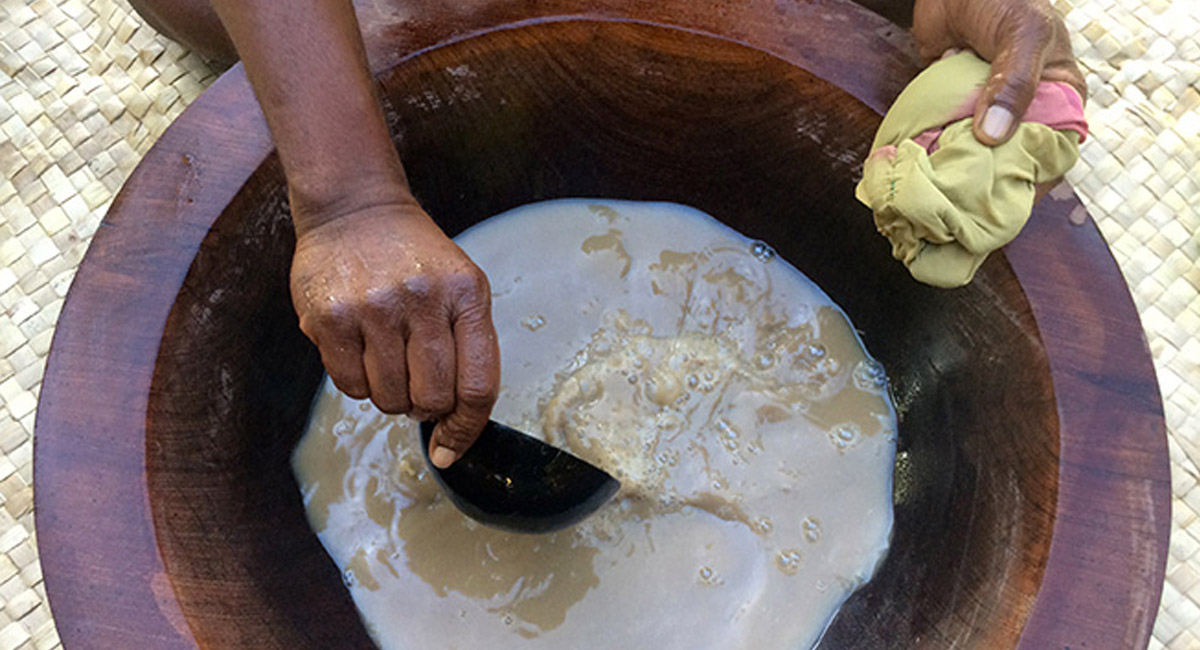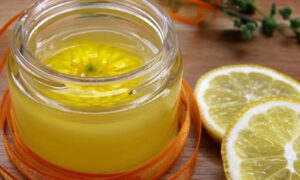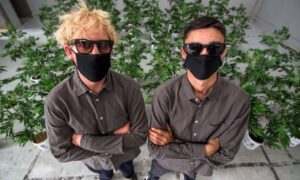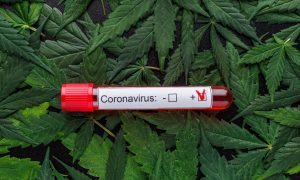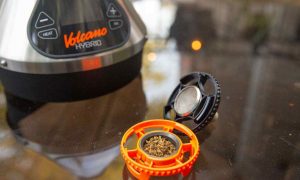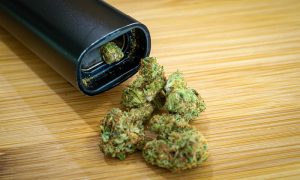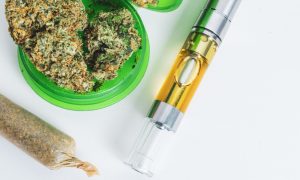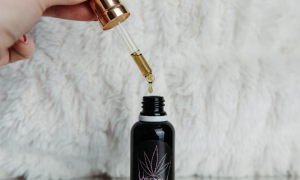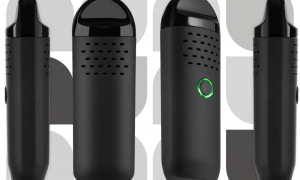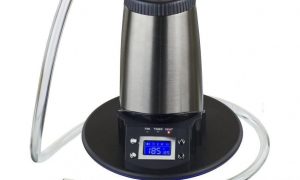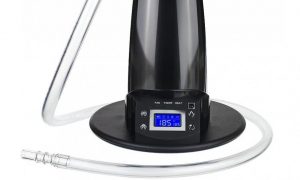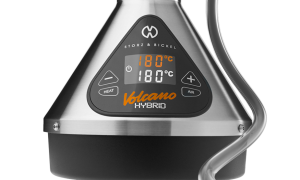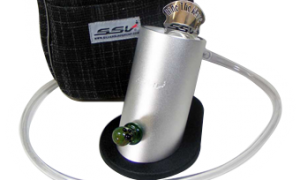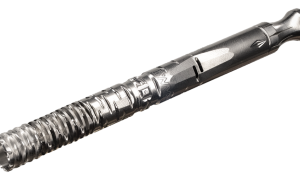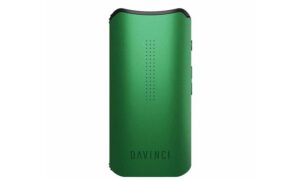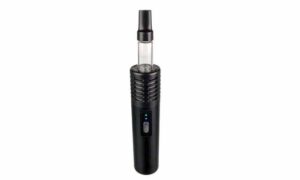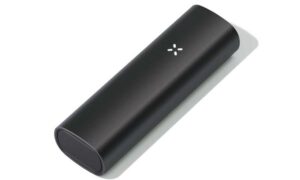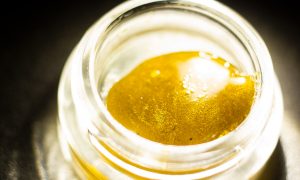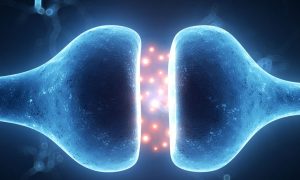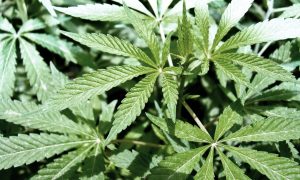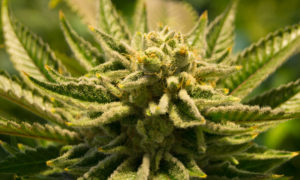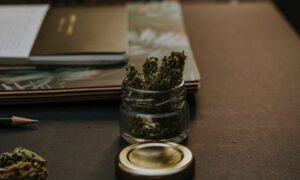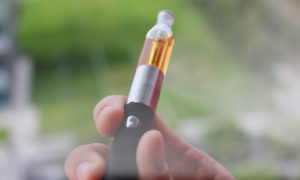Cannabinoid is a term that is thrown around a lot in the cannabis industry — but did you know there are many different types of cannabinoids that are found throughout Mother Nature’s complex web?
Phytocannabinoids are the cannabinoids produced by plants.
Endocannabinoids are the cannabinoids produced within the body of humans and animals.
Synthetic Cannabinoids are the cannabinoids produced in a laboratory.
Interestingly enough, cannabis is not the only plant that produces healing phytocannabinoids. Many superfoods (and flowers) contain the healing compounds that nourish our endocannabinoid system.
There are also a few common plants we will cover today that contain compounds that mimic the biological activity of the classic cannabinoid but have a slightly different structure. These are called cannabimimetic compounds.
Cacao (Theobroma cacao)
Theobroma cacao, literally translated as “cacao, food of the gods,” is a superfood that contains many therapeutic properties. Cacao contains several of different “happy brain” chemicals such as theobromine, phenylethylamine, tryptophan, and anandamide.
Cacao is rich in anandamide (uh-non-da-mide), an endocannabinoid that is naturally produced in the human brain; it regulates mood, memory, appetite, and pain perception. Anandamide is known as the “bliss” neurotransmitter because it causes a euphoric “high” when released — it is often called the body’s natural version of THC.
Plant-derived anandamide (as found in cacao) lingers in the body, drawing out the joyful feeling longer than your average runner’s high. Cacao and cannabis are the only known plants containing compounds that connect into certain receptor sites in the human brain in a “lock & key” system.
In order to absorb all the health benefits of cacao, it’s important to source raw, organic, fair-trade cacao — not processed or milk chocolate. It’s the addition of powdered milk to cacao that blocks the body’s absorption of the healing nutrients of cacao.
Black Pepper (Piper nigrum)
Black Pepper is a potent, healing herb that surprisingly has a lot in common with cannabis. Not only does it also contain a large amount of the beta-caryophyllene terpene responsible for the peppery smell in marijuana strains like OG Kush, Trainwreck, and Girl Scout Cookies, but it also initiates a physiological response within the cannabinoid receptor 2 (CB2). Black pepper also tunes the endocannabinoid system via the alkaloid guineensis. This dynamic plant provides potent anti-inflammatory properties that help ease pain from arthritis and osteoporosis.
Coneflower (Echinacea)
Commonly used as a go-to cold remedy, echinacea actually has a lot in common with our favourite girl, Marijuana. However, echinacea engages the endocannabinoid system (the CB1 receptor, specifically) with cannabimimetics rather than cannabinoids. It’s this engagement with the endocannabinoid system that causes echinacea to relieve anxiety, migraines, fatigue, and arthritis. The N-alkyl amides (NAAs) contained in echinacea are very similar to THC in the way they regulate pain, inflammation, and the immune system.
Helichrysum (Helichrysum italicum)
Most often used as an antidepressant and mood stabiliser, helichrysum actually contains large amounts of cannabigerol (CBG), a phytocannabinoid found in the cannabis plant!
More research needs to be done on the discovery of CBG in helichrysum flowers but strict South African native plant laws make it near impossible to study the plant out of the country. Giovanni Appendino, the researcher who discovered “non-cannabis” CBG, believes the cannabinoid-like compounds made by all plants begin from an aromatic acid. Because of its use in African ritual ceremonies, Appendino believes helichrysum has psychotropic effects similar to cannabis.
Black Truffles (Tuber melanosporum)
Italian researchers have recently found that black truffles create the same anandamide, “bliss molecule,” as cannabis and cacao. As mentioned previously, anandamide is an endocannabinoid naturally produced by the body that regulates mood and pain perception through binding to CB1 (cannabinoid receptor 1).
Interestingly enough, researcher Mauro Maccarrone, who is studying anandamide in black truffles, notes that truffles are much older than cannabis. A study recently showed the black truffle has been around for nearly 156 million years, while cannabis is believed to date back 70-110 million years ago.
Chinese Rhododendron
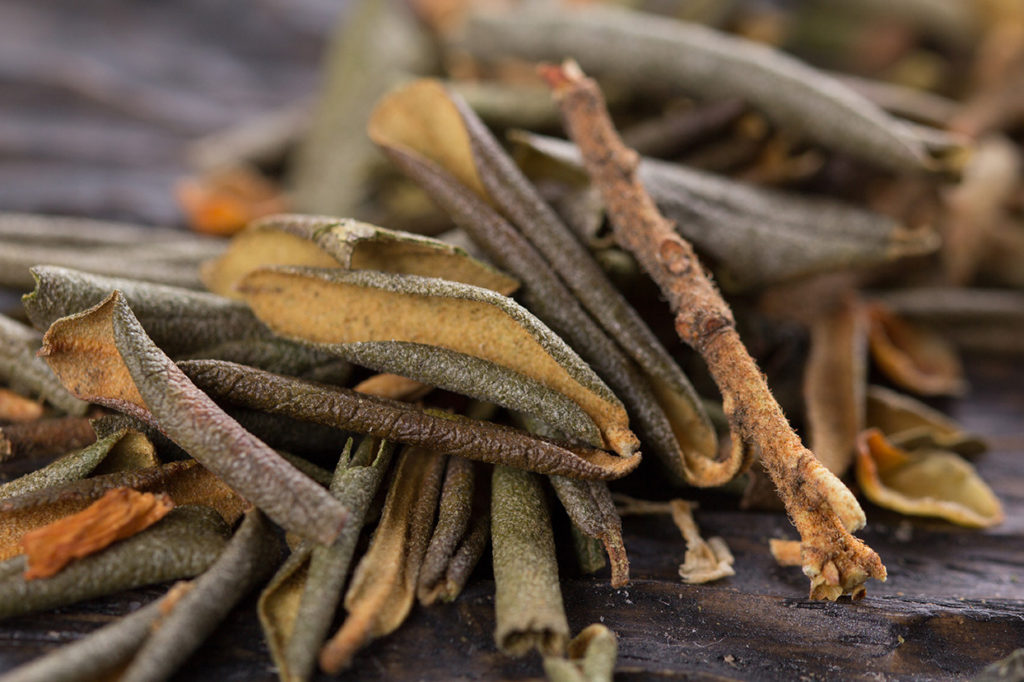
Dried rhodedendron leaves for medicinal tea
Produced from one of the most antimicrobial plants on the planet, essential oil extracted from Chinese Rhododendron can kill anything from staph infection to cancer cells, according to Italian researchers at University of Padova.
A 2011 study, New Cannabinoid-Like Chromane and Chromene Derivatives from Rhododendron anthopogonoides, found that “Two new cannabinoid-like chromane and chromene derivatives named anthopogocyclolic acid and anthopogochromenic acid and five related compounds known as synthetic analogues of cannabinoids: cannabichromene (CBC) type, cannabicyclol (CBL) type and cannabicitran (CBT) type, have been isolated together with geranyl orsellinic acid from the Chinese medicinal plant Rhododendron anthopogonoides”.
Electric Daisy (Acmella Oleracea)
Long used as a pain-numbing gel in the Amazon region, electric daisy was found to block pain receptors at their nerve endings thanks to research conducted at Cambridge University. The compounds that cause the effective pain-relief of this flower are cannabinoids called N-isobutylamides that affect the CB2 receptors and regulate pain and inflammation throughout the body.
Japanese Liverwort (Radula marginata)
This New Zealand native that is known for its ability to treat liver, bladder, and gallbladder issues contains high amounts of a cannabinoid called perrotentinenic acid which is conspicuously similar to THC. While liverwort does not seem to have any psychotropic effects, it is believed to bind with CB1 receptors. Just like cannabis, liverwort is known for treating bronchitis and chronic respiratory problems.
Kava (Piper methysticum)

Traditional Kava, the national drink of Fiji. Kava is a mildly narcotic drink made from mixing the powdered root of the pepper plant with water.
Typically used in a medicinal tea to ease anxiety, chronic pain, and provide sedative effects, Kava has grown in popularity for Western use as a natural anxiety remedy. You may have noticed the effects kava provides are very similar to cannabis, which is likely due to a compound in kava that binds to the same receptor as THC. Kava is full of compounds called kavalactones; one kavalactone called yangonin interacts directly with the CB1 receptor which is predominant in the central nervous system. Similar to cannabis, kavalactones bind to brain locations associated with addiction and cravings. Research is still nascent, but Pacific Islanders have been using kava as a treatment for addiction for decades.
—
Fun fact: While it’s not a plant, studies show that there are natural cannabinoids present in breast milk that are crucial for infant development. The cannabinoids found in breast milk protect against viruses, bacteria, and even cancer. A very important endocannabinoid is passed from mother to baby, a type of neuromodulatory lipid that stimulates the suckling process and basically teaches a newborn child how to eat. Without these cannabinoids in breast milk, newborn children wouldn’t know how to eat, but more importantly, they wouldn’t really have the desire to eat. Similar to how cannabis triggers the munchies, the cannabinoids in breast milk trigger hunger in infants that promotes growth and development.
This article was originally published on marijuana.com. Read the original article.

